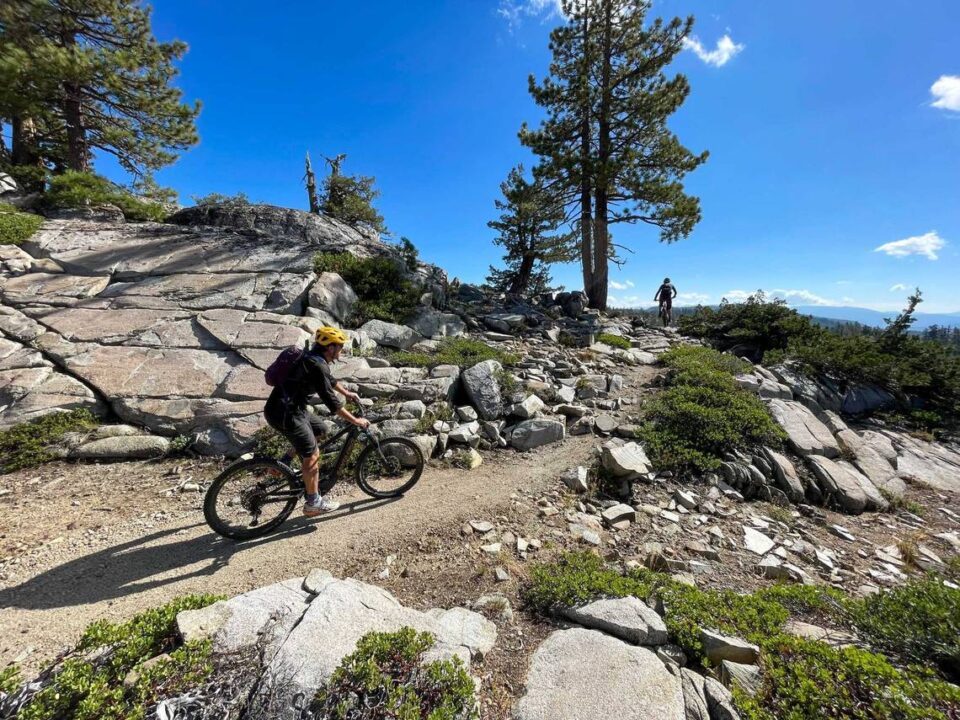E-bikes are now welcomed at one of California’s outdoor destinations: the Tahoe National Forest
E-bikes will now be permitted on a newly constructed multi-use trail within California’s Tahoe National Forest, marking a significant policy change aimed at enhancing recreational opportunities in the area.
This decision to allow e-bikes on the trail reflects a shift in management practices and attitudes towards alternative modes of transportation in outdoor recreational settings. Advocates argue that e-bikes can provide a more accessible and enjoyable experience for a wider range of trail users, including individuals with varying levels of physical fitness or mobility.
Acting supervisor Matt Jedra commented saying, “The Tahoe National Forest strives to offer diverse and accessible recreation opportunities for all ages and abilities. Pines to Mines will be an asset to our region and we are happy to offer another recreation destination that not only promotes increased public access to our national forest, but also has the potential to support and grow our local economy.”
The inclusion of e-bikes on the multi-use trail is expected to open up new possibilities for outdoor enthusiasts seeking to explore the natural beauty of Tahoe National Forest. By embracing emerging technologies and accommodating diverse recreational preferences, forest managers aim to attract more visitors and promote sustainable tourism in the region.
While the decision to allow e-bikes on the trail has been met with enthusiasm by many, it also raises questions and concerns among some stakeholders. Issues such as trail safety, user conflicts, and environmental impacts may need to be carefully addressed through effective management strategies and ongoing monitoring efforts.
As e-bikes become increasingly popular among outdoor enthusiasts, their integration into recreational trail systems presents both opportunities and challenges for land managers and policymakers. Balancing the interests of various user groups while ensuring the long-term sustainability of trails and natural landscapes will require collaborative decision-making and adaptive management approaches.


